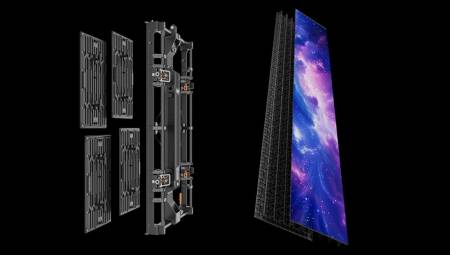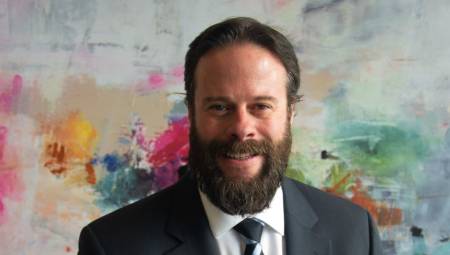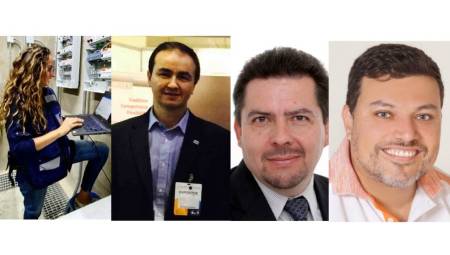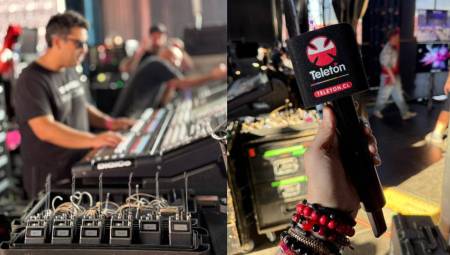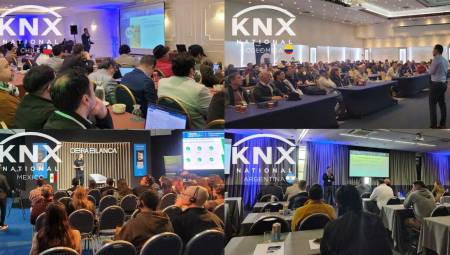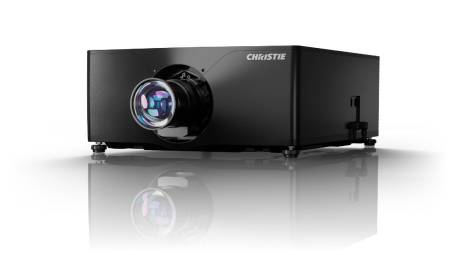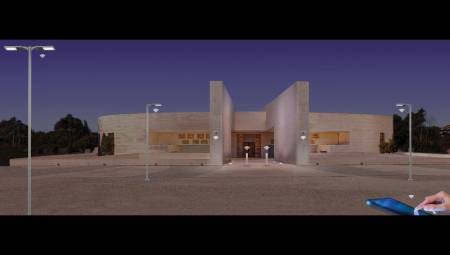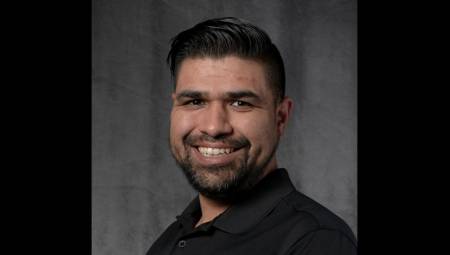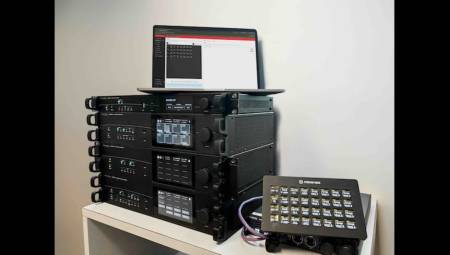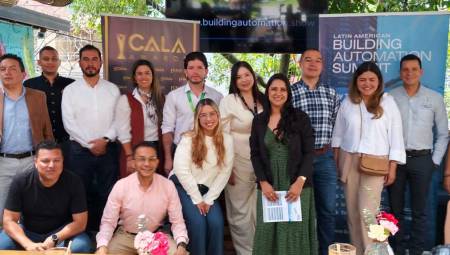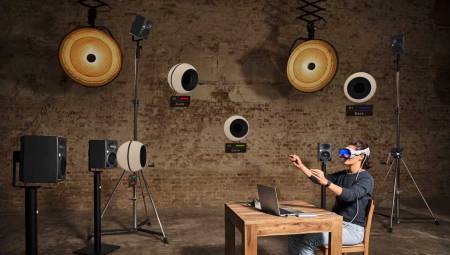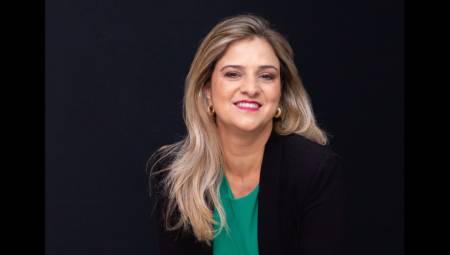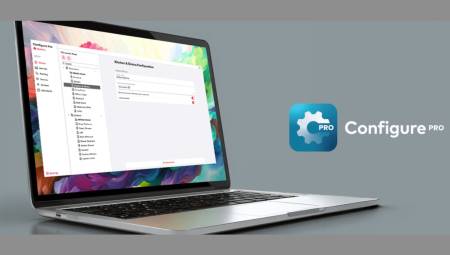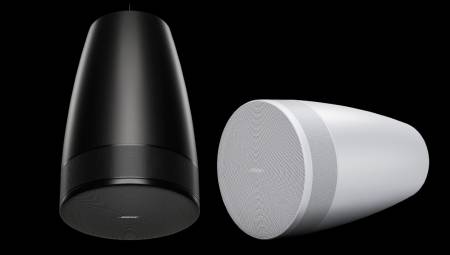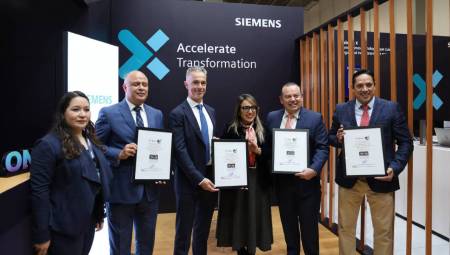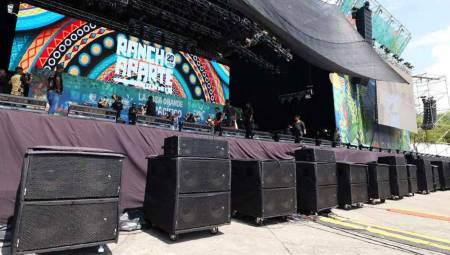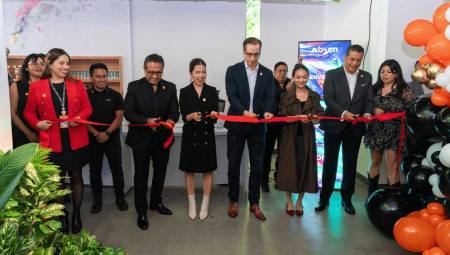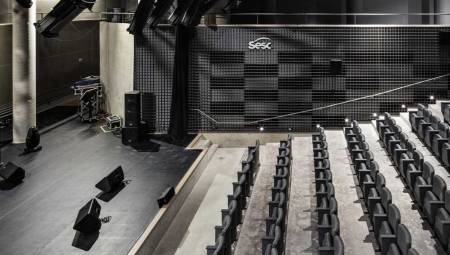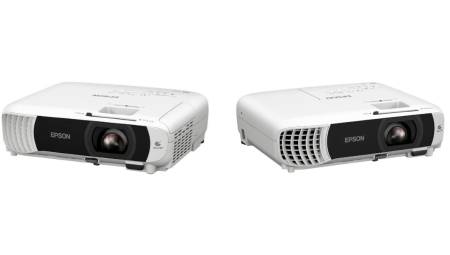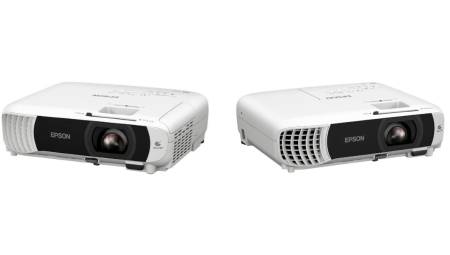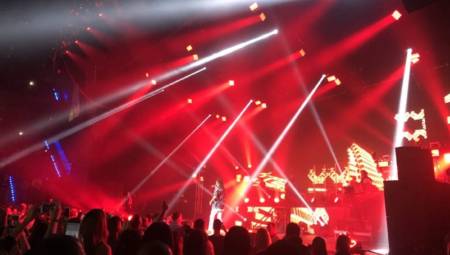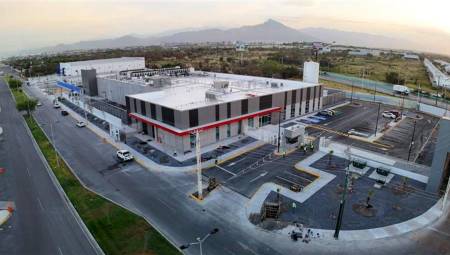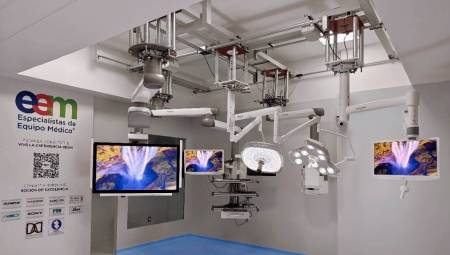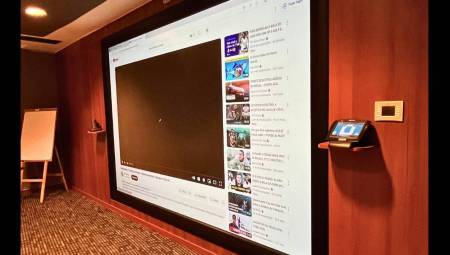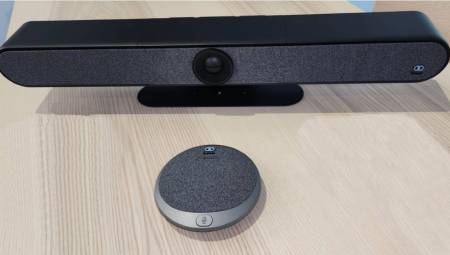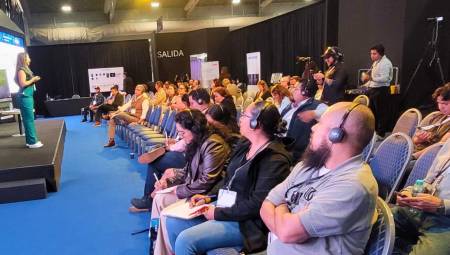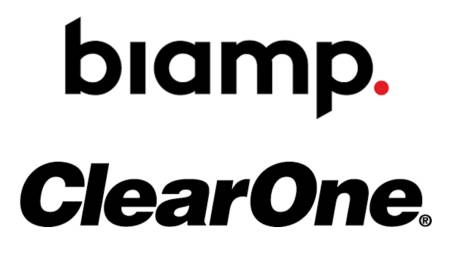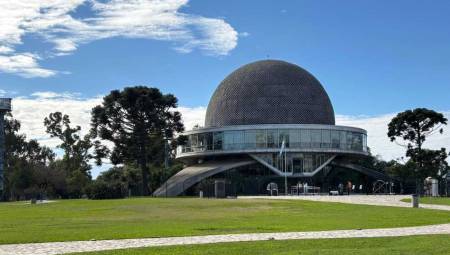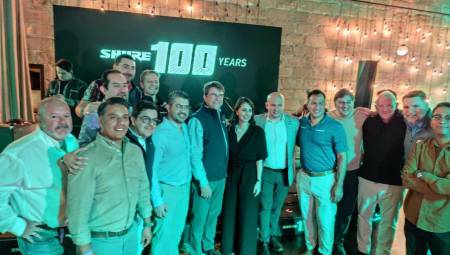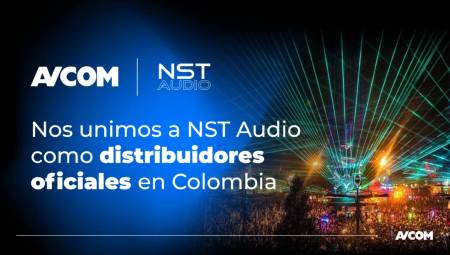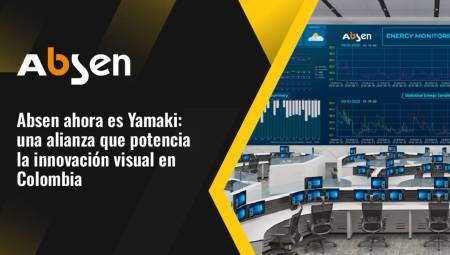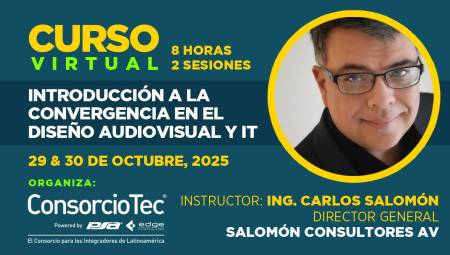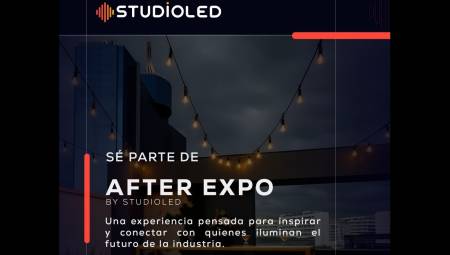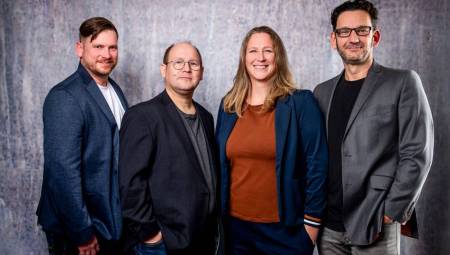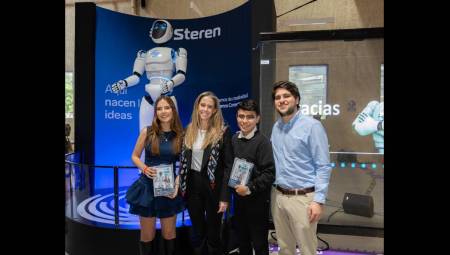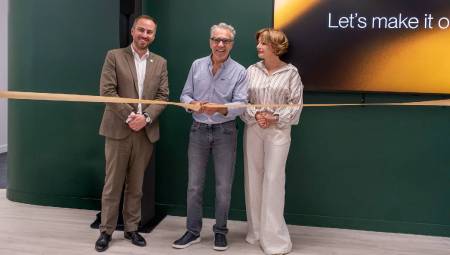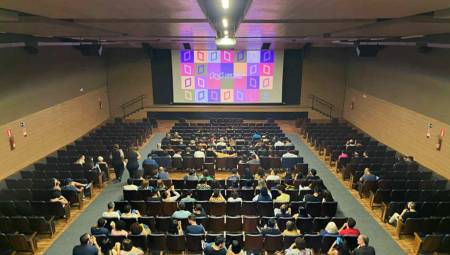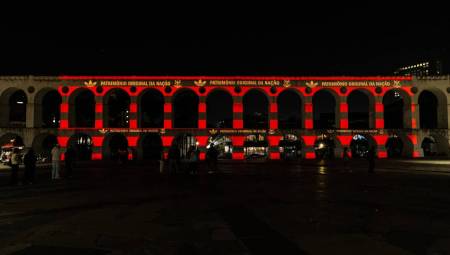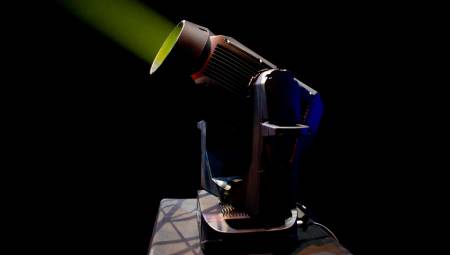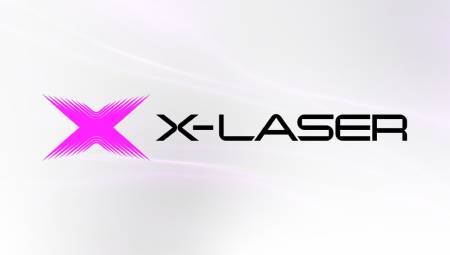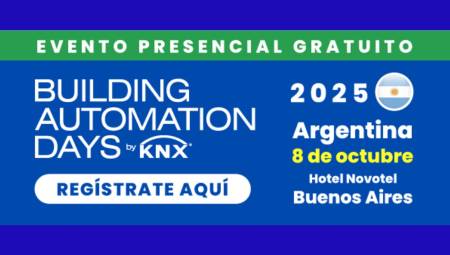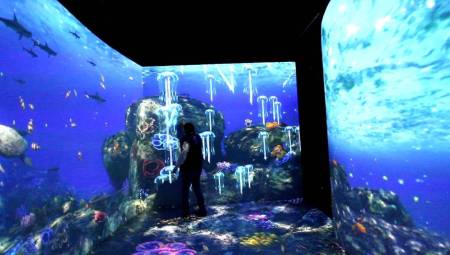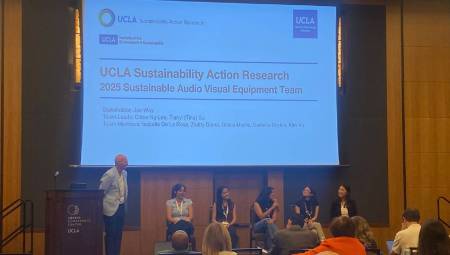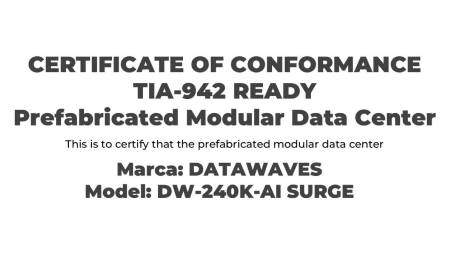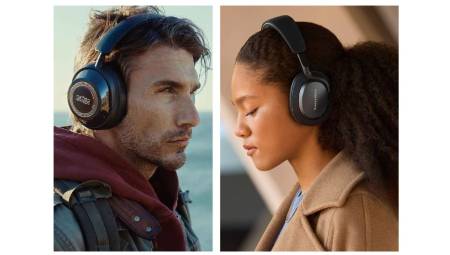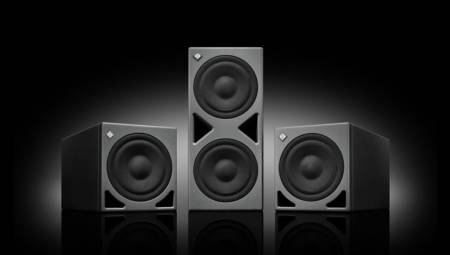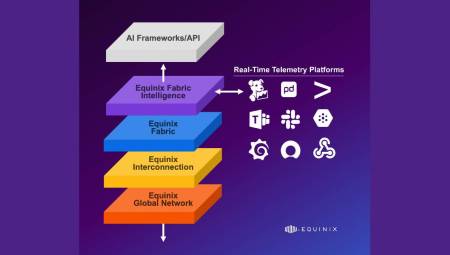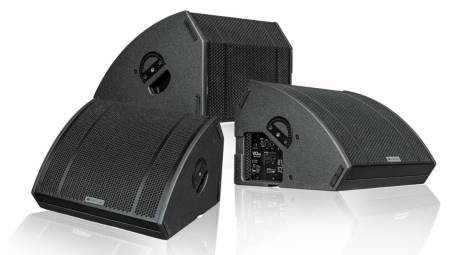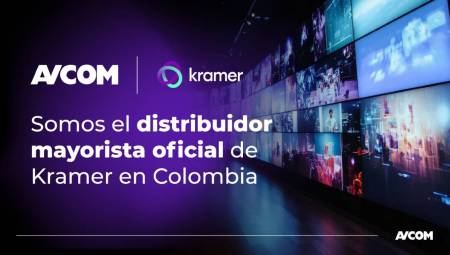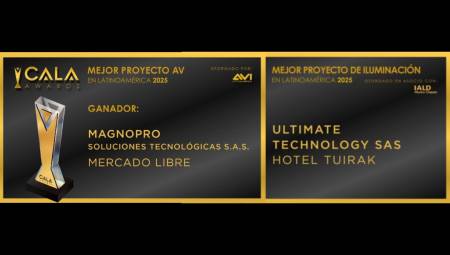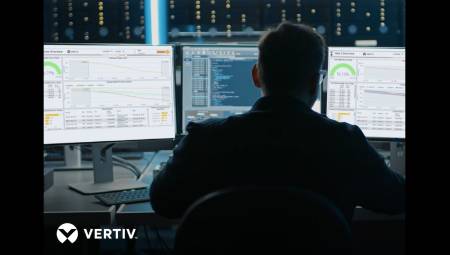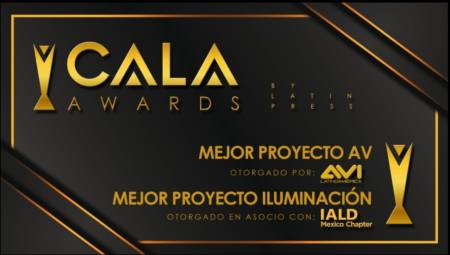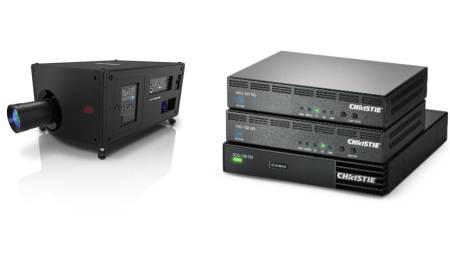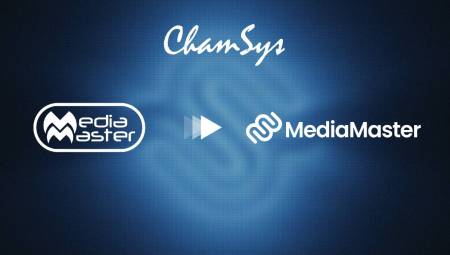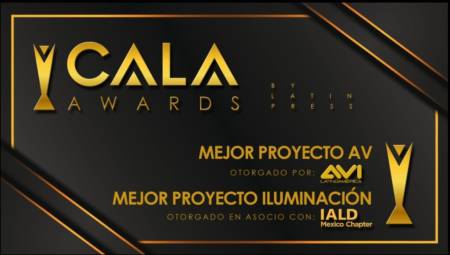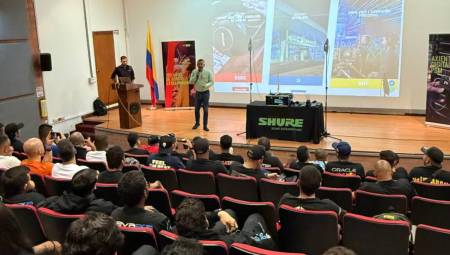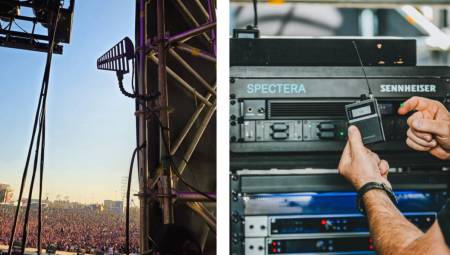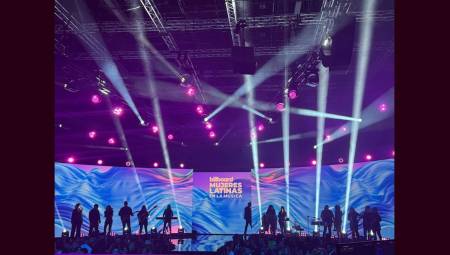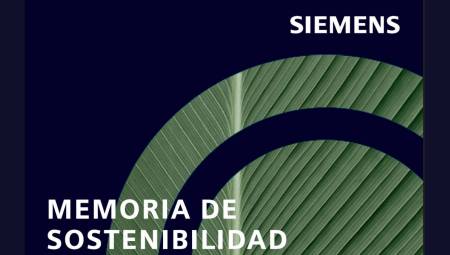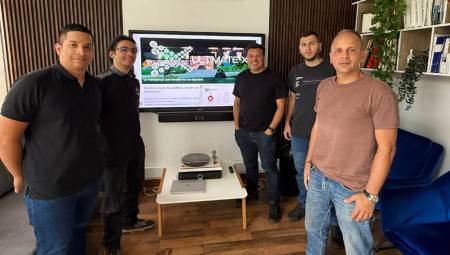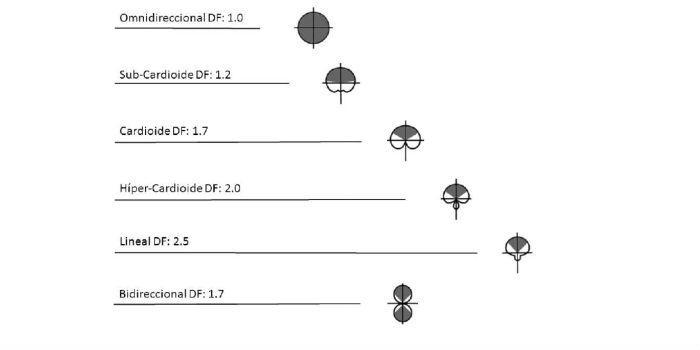 In the previous installment it was possible to appreciate the difference between the elements the dynamic and the capacitor. I recommend studying ribbon microphones, piezoelectrics (used in electric guitars) and contact microphones.
In the previous installment it was possible to appreciate the difference between the elements the dynamic and the capacitor. I recommend studying ribbon microphones, piezoelectrics (used in electric guitars) and contact microphones.
Juan Tamayo, CTS*
Dynamic microphones and condenser have many applications, both in the professional music industry and in the professional installation industry. But, without a doubt, the most used capsule is the condenser.
Polar pattern
The polar pattern defines the intensity with which the sound is captured in a microphone depending on the angle with which it arrives, basically it is the way the microphone listens depending on where the sound comes from. There are several types of polar patterns, the most common are: omnidirectional, cardioid, hypercardiode, line + gradient and figure in eight. For a marketing issue, a kind of sub-patterns have been created such as the sub cardioid or the semicardioid among others. But basically these are patterns that try to be cardioid, but do not meet the technical requirement.
The names of the polar patterns are applied according to the angle of capture generally given in the frequency of 1 KHz. Omnidirectional corresponds to a listening of 360°, cardioid at 120°, hypercardioid at 100°, line more gradient 90° and figure in 8 listens on both sides of the capsule, usually 120° each, but there is no or I do not know a definition of its coverage in degrees. The reader should be very careful as the information provided by some manufacturers may not include the polar pattern at other frequencies. For example, a cardioid microphone at 1 kHz can be omnidirectional at frequencies close to 250 Hz and hyper cardiode at frequencies close to 8 KHz.
The polar pattern has associated physical phenomena. One of the most important is the rear capture angle, this means that the tighter the capture angle of a microphone, it is possible that sound enters behind the capsule. A cardioid microphone does not have this problem, but a hypercardioid does. A clear example of this occurs when on a stage they put a return right in front of the singer and he has a hyper cardioid microphone, there is a great possibility that the phenomenon of feedback or feed back occurs, so it is recommended to put the angled monitors on stage. In installation systems I have seen this problem a lot when they install sky microphones just below a sky speaker.
One physical phenomenon that can be useful when using a microphone is the distance factor (DF). The DF refers to the comparison of sound pressure according to two similar capsules with different polar patterns. Everything is done in comparison to the omnidirectional and tells us about how equal in volume a microphone captures with another capsule if I move it away from the initial omnidirectional microphone location.
For example, I have two microphones with similar sensitivity and impedance, but one is omnidirectional and the other hypercardioid. If the sound source is one meter away from the omnidirectional microphone, to sound just as hard the hypercardioid microphone must be 2 meters away. In other words, if I bring the hypercardioid microphone one meter away I will be able to attenuate the gain to match the volume. In conclusion, with a more closed pattern it is possible to use less gain, which will optimize the process of adjusting the chain during the transmission of the audio signal.
Polar pattern construction
There are two ways to create a polar pattern, a mechanical and an electronic form (ambisonic microphones are a mixture of these in several stages). The mechanical form has different techniques, but basically they are given by the difference in sound pressure in the capsule. The electronic form is a technique widely used in microphones with variable polar pattern, such as the AT4050. Two capsules or more, which by changing the feeding of these, changes the way of capturing the pattern.
*Juan Tamayo is a senior application engineer for Audio-Technica Latin America, with more than 10 years of experience performing audiovisual projects as a designer, integrator, consultant, among other functions. You can write to [email protected]





